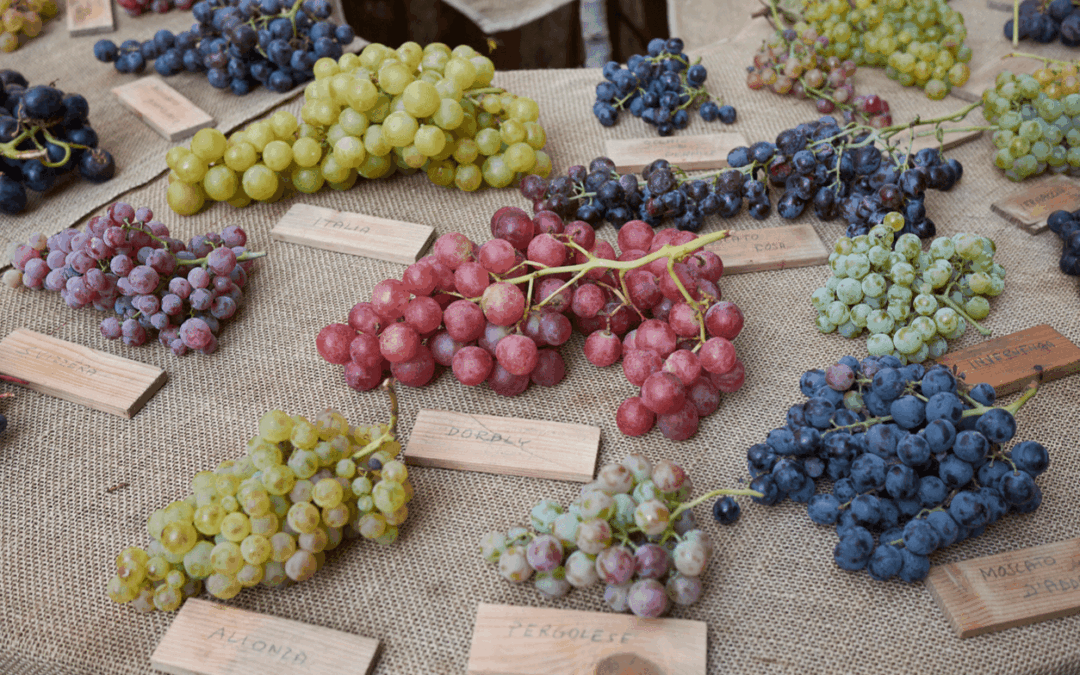Italy has long stood as one of the world’s most celebrated wine-producing countries, renowned for both quantity and diversity. With more than a thousand recognised grape varieties, its vineyards stretch from the snow-tipped Alps in the north to the sun-baked islands of the south. For importers, wholesalers and distributors, the appeal of Italian grape varietals lies not only in their history but also in their adaptability to today’s global markets.
A Rich Heritage of Grapes
Unlike other countries where production revolves around a small handful of varietals, Italy has preserved an extraordinary array of native grapes. Generations of winemakers have safeguarded these traditions while also embracing modern practices. The result is a balance between heritage and innovation that continues to set Italian viticulture apart.
Factors contributing to this diversity include:
- Geography: Alpine foothills, and coastal plains provide unique microclimates.
- Soils: Volcanic, limestone and sandy soils contribute distinct flavours and textures.
- Tradition: Centuries of regional practices ensure varietals are tied to place and culture.
- Innovation: Contemporary techniques highlight the strengths of both famous and lesser-known grapes.
For distributors, this combination means that Italian grape varietals consistently provide a wide palette of flavours and styles suited to different consumer tastes.
Key Red Varietals
Italian reds are internationally admired for their depth, structure and ageing potential. Some of the most important include:
- Sangiovese: Italy’s most planted red grape and the backbone of Chianti, Brunello di Montalcino and Vino Nobile di Montepulciano. Its bright acidity and firm tannins create wines with cherry, herbal and earthy notes.
- Nebbiolo: Native to Piedmont, powering Barolo and Barbaresco. High in tannins and acidity, Nebbiolo wines develop extraordinary complexity with age, showing aromas of rose, tar and red fruit.
- Montepulciano: Widely grown in central Italy, especially Abruzzo. Known for approachable wines with dark fruit flavours and soft tannins, Montepulciano remains popular with value-driven buyers.
- Nero d’Avola: The signature grape of Sicily, producing bold, full-bodied wines with notes of plum, spice and chocolate. Its ability to thrive in hot climates makes it attractive for consistent supply.
Key White Varietals
White wines from Italy demonstrate freshness and versatility. Key names include:
- Pinot Grigio: One of the most recognisable Italian exports, especially from Veneto and Friuli that is crisp, light and refreshing.
- Trebbiano: All over central Italy and often used in blends. This fresh, high in acidity and versatile white varietal is used in both wines and brandy.
- Verdicchio: Native to Marche and increasingly popular abroad because of its balance and food-friendliness, this varietal offers citrus and almond notes with ageing potential.
- Garganega: The grape behind Soave, producing wines with peach, lemon and almond characters. At its best, it delivers surprising complexity.
Regional Specialities
The richness of Italian grape varietals is best understood by exploring regional expressions. For example:
- Tuscany: Sangiovese thrives here, producing elegant wines that balance fruit and earthy depth.
- Piedmont: Nebbiolo dominates, supported by Barbera and Dolcetto, making the region a leader in age-worthy reds.
- Sicily: Nero d’Avola and Grillo showcase the island’s sunny, Mediterranean character.
- Veneto: Home to Prosecco (made from Glera), as well as Soave and Amarone della Valpolicella.
Recognising these regional strengths helps buyers source products that match diverse market demands.
Lesser-Known Grapes Worth Considering
Italy’s greatest advantage is the sheer number of grapes not yet widely known abroad. Some examples include:
- Aglianico: A powerful red from the south, producing bold, structured wines with excellent ageing potential.
- Fiano: Aromatic white from Campania, with floral and nutty notes.
- Vermentino: A coastal white grape offering fresh acidity and a saline character, ideal for seafood pairings.
- Lagrein: A red from Alto Adige known for its deep colour and rich berry flavours.
- Grillo: Widely grown in Sicily, producing crisp whites with citrus and tropical notes.
For wholesalers, introducing these grapes provides differentiation in competitive markets and meets growing consumer interest in authenticity.
Market Trends
Demand for Italian grape varietals continues to rise, driven by:
- Food compatibility: Italian wines are designed for the table, making them appealing to restaurants and retailers alike.
- Authenticity: Consumers increasingly seek wines with a sense of place and tradition.
- Value: Many Italian regions offer exceptional quality at accessible prices.
- Diversity: With so many varietals, there is a suitable option for every palate and occasion.
Practical Tips for Buyers
For importers and distributors considering Italian grapes, some commercial points include:
- Monitor demand for classics such as Pinot Grigio while exploring unique offerings.
- Use regional branding (DOC and DOCG status) to signal quality and heritage.
- Provide consumer education, as customers who understand varietals are more likely to return.
- Ensure proper logistics, since some whites require careful storage to maintain freshness.
From famous varietals like Sangiovese and Pinot Grigio to hidden treasures like Fiano and Lagrein, Italy’s vineyards represent an unmatched resource for the wine trade. For distributors, sourcing Italian grape varietals means not only adding diversity but also aligning with global consumer demand for authenticity and quality.
At C&M Watermelons we work with trusted partners to deliver premium grapes, helping our clients secure reliable supply chains and strengthen their market position. Contact us for further enquiries.
